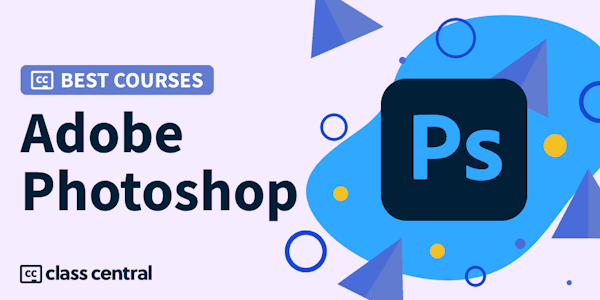Class Central Tips
In this course each student will create a scientific animation that tells a story with data to better communicate scientific results – along the way they will learn programming, science writing, and technical animation skills.
This course trains students in data-based storytelling that promotes research and science communication for the benefit of communities and policymakers on local and global scales. Students will draft a science writing script, create custom raster and vector graphics, data visualizations, and animations in Adobe Photoshop, Adobe Illustrator, Adobe After Effects, Adobe Premiere Pro, and Autodesk Maya. For their final project, students will assemble these data-driven assets into an animated video abstract.






